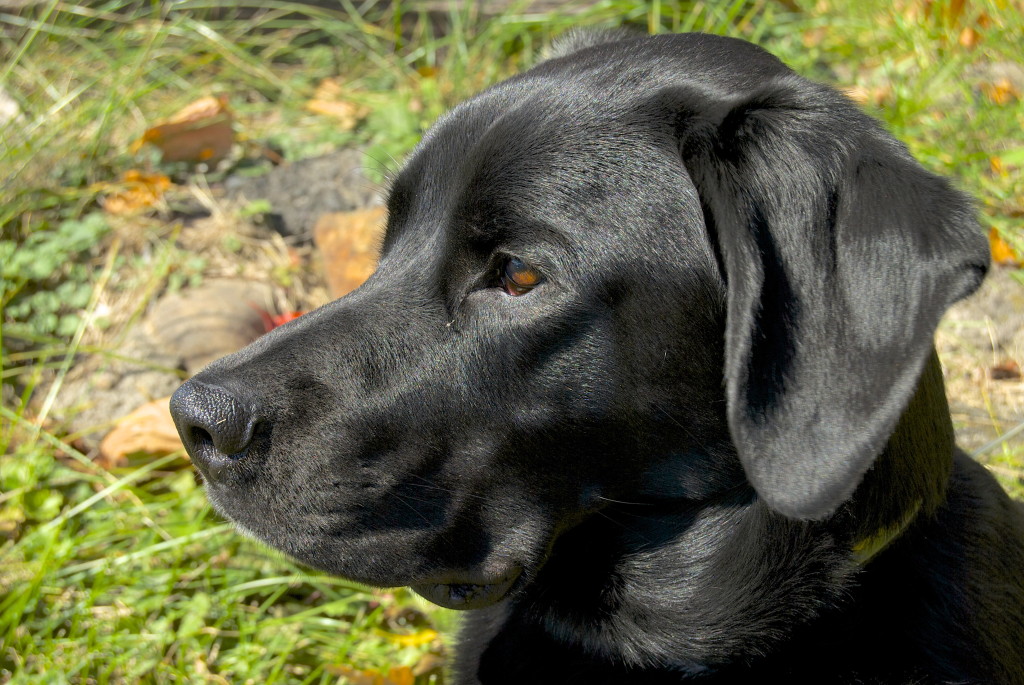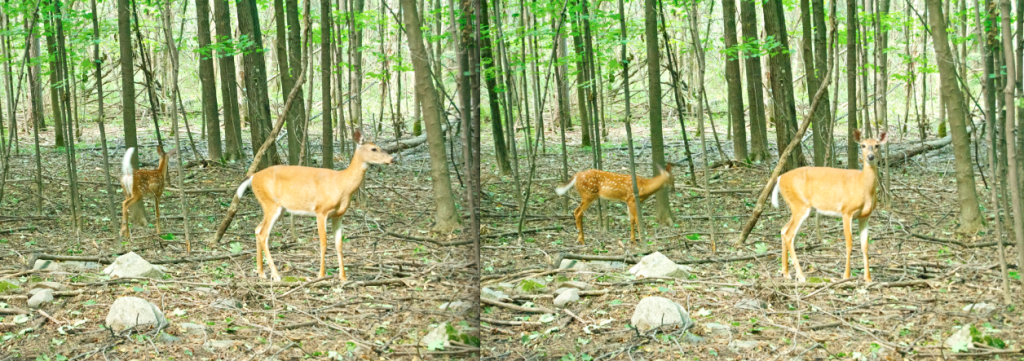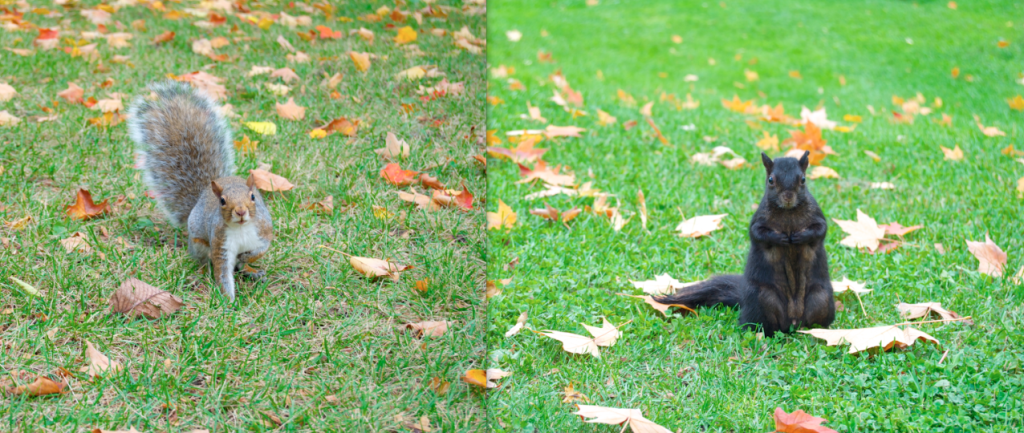Have you ever felt guided to talk with animals?
Perhaps you’ve sensed that animals had important messages for you.
And you’d be right. Animals provide us with insights that allow us to see life through a different lens. Like peeking behind a closed door, communicating with animals can both startle and delight.
Learning to communicate with animals is a fun activity for people of all ages. It’s a great way to develop your intuition and tap into connection with the natural world. With regular practice, you will begin to find it easy and rewarding to communicate with your animal friends.
We know that animals communicate with each other: How else would all the geese know to gather and form a V as they make their way South every year? What else can explain the interspecies friendships that we’re equally shocked and impressed by?
We know that animals are smart: We hear stories of dogs that help detect their humans’ cancer. We’re told that certain animals have special powers or connections to humans – elephants and dolphins come to mind.
But as any animal-lover knows, a strong connection can be
felt with any animal.

Like many children, I was drawn to animals from a very young age. Thankfully this trait was nurtured and I was encouraged to pursue my animal-related interests.
When I was about eight years old, I told my dad that I wanted to be a veterinarian. “You know that means you’ll have to put-down some animals?” Oh. No, I hadn’t realized that. Ok nevermind, I can’t be a veterinarian.
Despite the reality check of my childhood dreams, my love for animals didn’t fade; in fact, it grew stronger. The more animals I met and interacted with, the more time I wanted to spend among animals.
* It’s always fascinated me that some people can be around animals and completely ignore them. I am incapable of such behaviour.*
Long before I knew what I was doing, I was communicating with animals. It was just a natural progression of my animal friendships. What I took for granted is that everyone is as interested in and capable of communicating with animals as I am.
Not quite.
While many people do talk with animals, not everyone actually listens to them. What good is communication if it’s not a 2-way street?
Just like in our human relationships, we tend to talk much more than we listen. Rather than interacting with the animal on its own level, we command them to listen to us. Instead of respecting the animal’s personal wishes, we coerce it into doing what we want. And you can imagine what sort of energy that carries.
Animals are very smart. They understand energy and intention more than language. They know that humans don’t have the best history of treating the earth and its other inhabitants very well. And they sense our defensiveness, our fear of ‘the wild’, our distrust of animalistic tendencies. Have we forgotten that we are animals too?
Learning to communicate with animals takes time and practice, but it’s quite simple and very fulfilling. Here are my top 4 tips for getting started:
1. Ask the animal’s permission to interact with it, and respect the answer.
This one is so important. Just as we wouldn’t walk up to a random stranger and start a personal conversation, we should also be mindful of an animal’s free will. The truth is: not all animals will want to communicate with you, and that’s totally ok. Give them an option and respect their answer.
Start by telling the animal, either out loud or in your head, who you are and what you’re doing. “Hi Mr. Deer, my name is Judy and I’m just walking home right now….”
Then, ask permission to visit with them. “….May I stand here and talk with you for a few minutes?”
Watch closely for your answer. Does the animal walk away? Change its stance? Turn away from you? Grunt, growl, huff, or make other noises? Do its ears go back? Has the tail stopped moving? Read the energy in the moment: Does it feel tense or welcoming? If this were a human interaction, what would you do – stay and talk, or walk away?
These are big clues, and you should NEVER ignore them. If an animal seems upset or unfriendly, leave it be. Don’t force a connection where there isn’t one.
2. Tell the animal WHY you’d like to talk, and WHAT you like about them.
Animals like flattery. As with humans, animals want to feel appreciated and valued, so tell them what you like about them. Why do you want to talk in the first place?
“Hello Mrs. Turtle, what an interesting and beautiful creature you are! I love your spiky tail and your cute little feet. I would love to know more about your life and how you live.”
Keep your energy open and welcoming. You’re not trying to impress the animal with over-the-top antics; you’re just warming up with a little chit-chat.
♥
Want to keep reading? Click here for Part Two.

Join the Self-Healing Library for instant access to powerful healing tools and resources.
Get it all here:
⇓ ⇓ ⇓






I adore animals. I speak with them frequently. I often know their moods and feelings. I find that I can ease my cat’s anxieties when I let them know what’s going on. For example “A man is coming by today to fix the plumbing. He is going to create a lot of noise. You might be happier upstairs when he comes.” They become much less stressed out about things when they know what will happen in advance.
Love this! What a great suggestion. I am always reassuring my dog during thunder storms, construction, etc.
Judy recently posted…Trusting Your Gut: Practical Examples of Everyday Intuition
My Elsa (tuxedo cat) is an amazing Being. I once asked her to “check out” a cat sitter whom we were interviewing. Elsa met the woman at the door, and spent a substantial time sniffing and watching. The sitter knew she was being checked out by the cat even though my husband and I said nothing about it! Elsa hung around and kept watching the woman like Elsa had never done with anyone before. At the end of the interview I asked Elsa if she would be ok with this woman. Elsa seemed disinterested, which said to me she wasn’t crazy about the lady, but that this sitter would suffice. Later when we returned from our trip, Elsa was happy to see us, but well rested and fed. The encounter went well since Elsa had a say in who was chosen.
Thanks for sharing. Elsa sounds like a wonderful cat!
Judy recently posted…Trusting Your Gut: Practical Examples of Everyday Intuition
Excellent! I do try to listen to what our cat wants but I don’t really talk to many other animals. I look forward to part 2!
Laura recently posted…Carnaval in France
Very cool! I’m also the person in the corner at parties, just hanging out with the dog! 🙂
It’s a great place to be! 🙂
Judy recently posted…Choosing the Very Best Crystals For YOUR Life – Part One